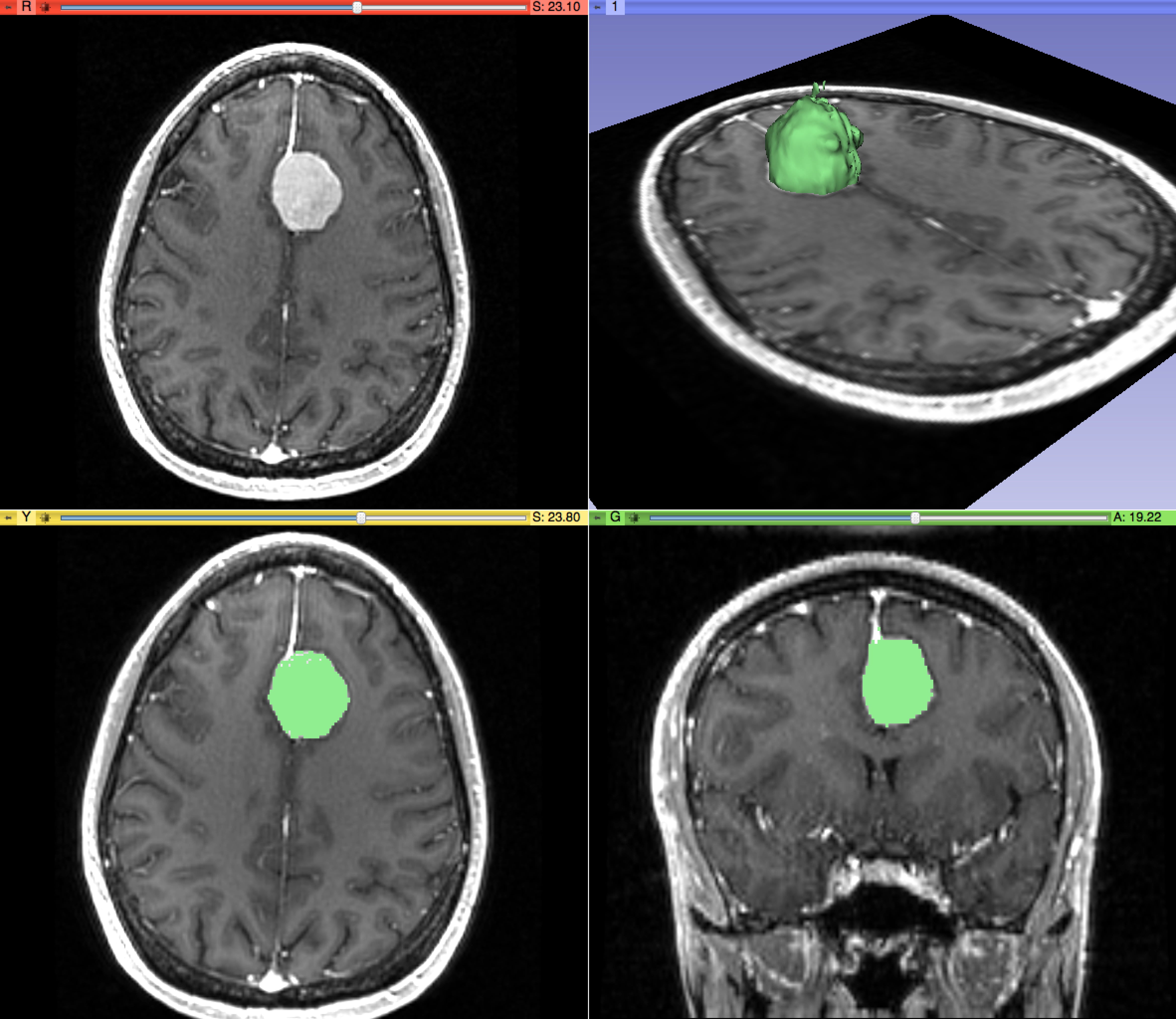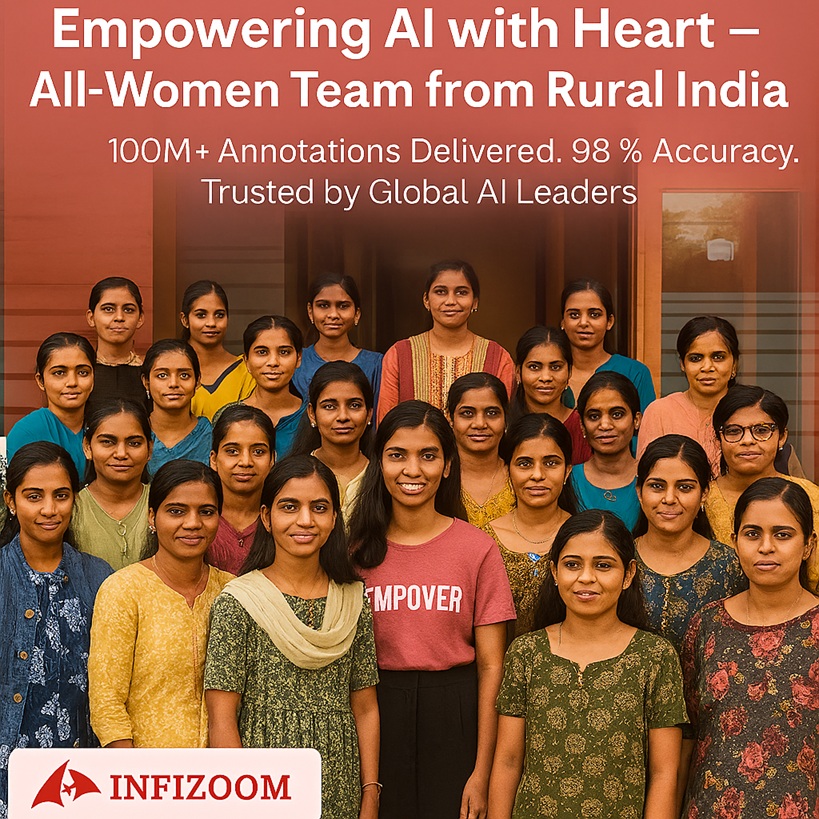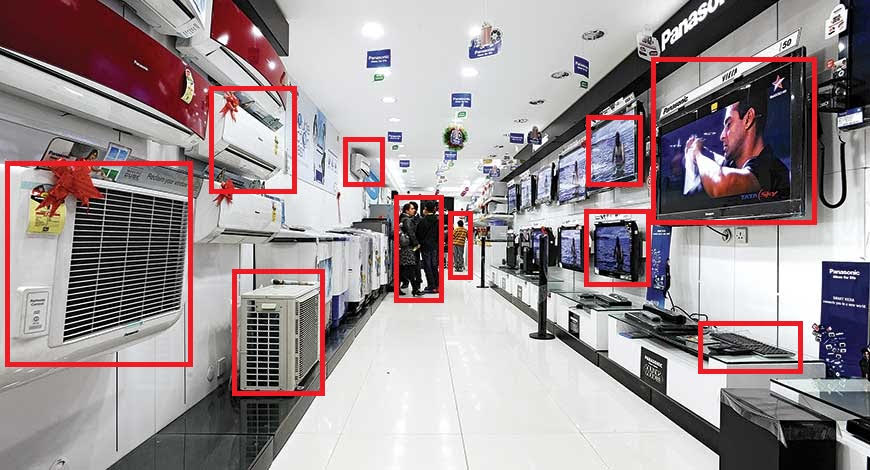
Best Practices for Image Annotation
Essential techniques for creating high-quality annotated datasets...
Read More →
In the realm of computer vision, video annotation plays a pivotal role in teaching machines to understand and interpret dynamic scenes. Unlike static images, video data introduces complexities such as movement, occlusion, and continuity, making annotation both a technical and logistical challenge. Here's a breakdown of the major challenges in video annotation and the effective solutions to tackle them.
Manually annotating every frame in a video sequence is extremely time-consuming and resource-intensive, especially for long videos with high frame rates.
Maintaining consistent object identification across multiple frames is crucial for video annotation, but objects can move, change appearance, or be temporarily occluded.
Objects can be temporarily hidden by other objects or move too quickly to track accurately, making annotation challenging.
Over time, annotations can become inconsistent due to human error, fatigue, or changing interpretation of guidelines.
Video files are significantly larger than images, requiring more storage space and processing power for annotation workflows.
Video annotation requires understanding the temporal context and relationships between frames, not just individual frame analysis.
Large-scale video annotation projects require efficient management of multiple annotators, quality control, and project coordination.
As annotation projects scale, maintaining consistent quality across all annotations becomes increasingly challenging.
Video annotation is indispensable for advancing video-based AI applications such as autonomous driving, surveillance, and action recognition. By recognizing the inherent challenges and employing strategic solutions, teams can significantly improve annotation quality, reduce turnaround time, and accelerate the development of robust computer vision models.
Adopting the right combination of tools, workflows, and human oversight ensures that your video annotation efforts are both scalable and reliable.
At Infizoom, we specialize in overcoming these video annotation challenges through our experienced team and advanced annotation tools. Our rural talent workforce has been trained specifically in video annotation techniques, ensuring high-quality results for complex video datasets.
Get Started with Video AnnotationInfizoom Team
Video Annotation Specialists

Essential techniques for creating high-quality annotated datasets...
Read More →
Discover how our all-female rural workforce is making significant contributions...
Read More →
How retail photo tagging is revolutionizing inventory management...
Read More →Let our expert team help you overcome video annotation challenges and deliver high-quality datasets for your AI projects.